Sunne by Marjan van Aubel
Start a beautiful solar revolution at home
Start a beautiful solar revolution at home

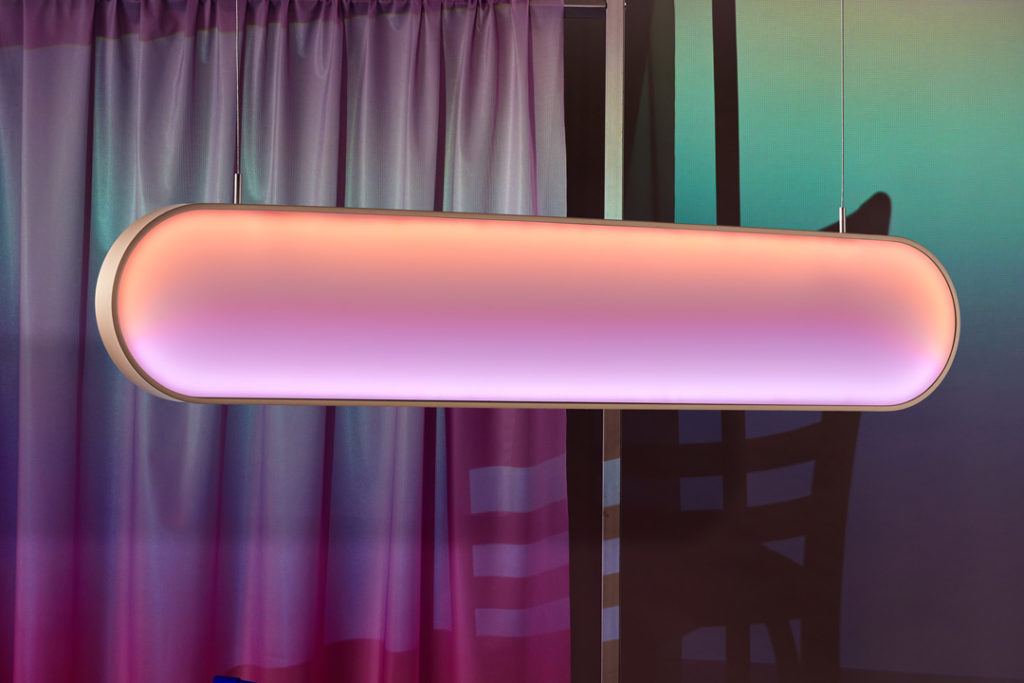
»In every hour on earth we receive enough sunlight to meet the world’s demand for energy of an entire year.«
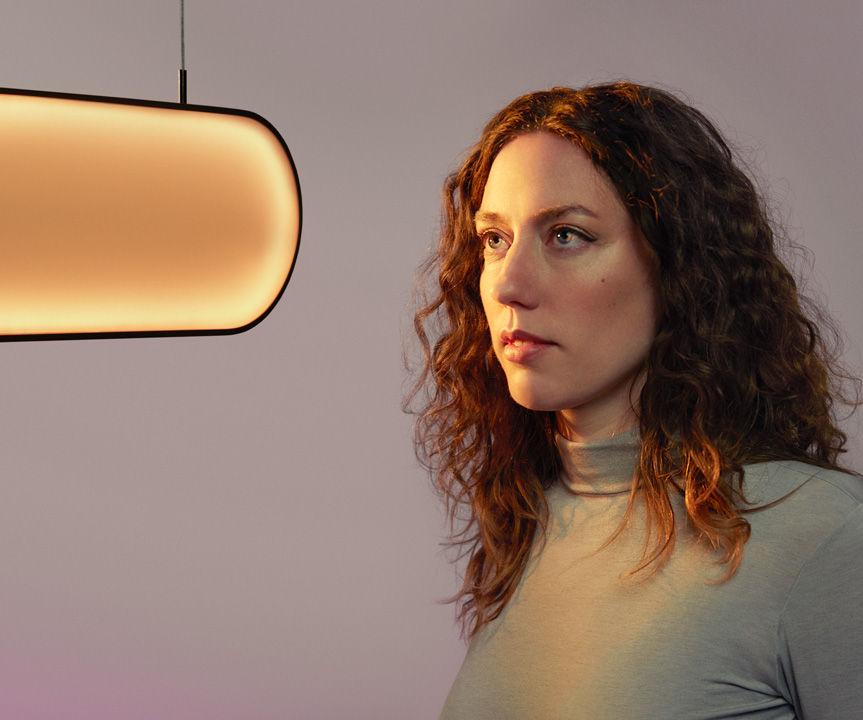
Was there a special moment that led to your decision to become a designer?
I guess there was no specific moment. I have always liked the mix of art and technical challenges, but I wanted to explore this intersection at Art School and not at a Technical University. Plus, I was just good at drawing – that helped to find my path.
You stated once that reading the book ‘The Solar Revolution’ made you focus on solar design. Did you discover the book while you studied in London?
Yes, that’s right. I was working on solar during my studies at the Royal College of Art and my graduation work focused on it as well. When I read the book, I came across the statement: ‘in every hour on earth we receive enough sunlight to meet the world’s demand for energy for an entire year. So, I just thought: ok, there is actually a lot of work to do – I am in!
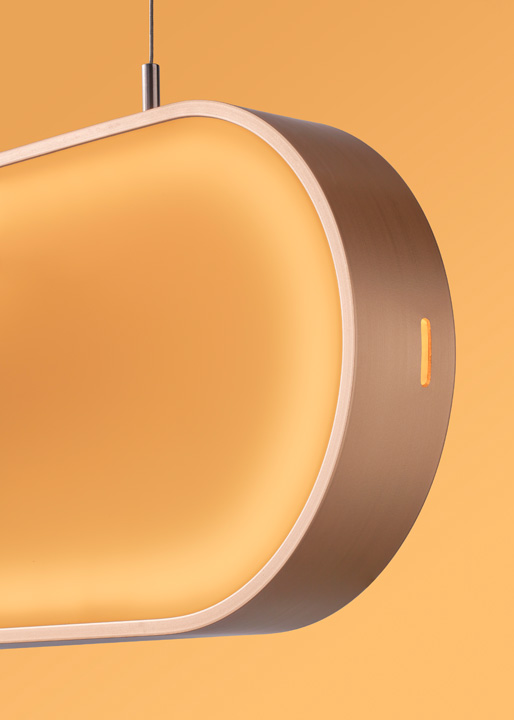
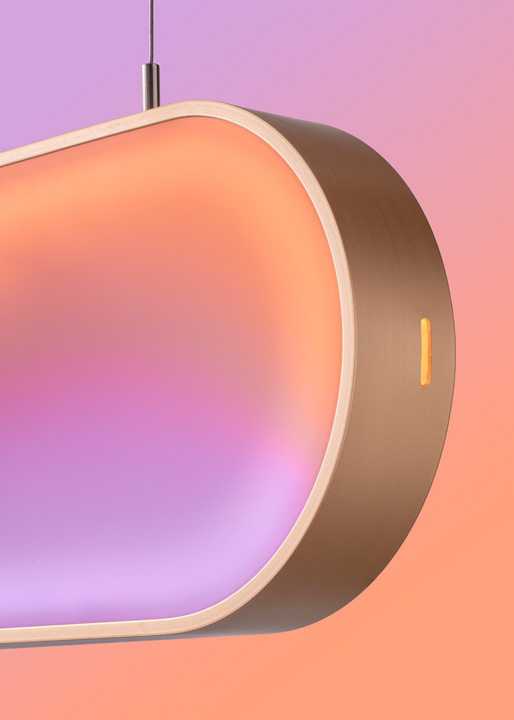
Please tell us about your journey from graduating until today. Which milestones of your work are the most important and precious ones so far?
I graduated with the Energy Collection, a solar glassware collection where each glass object comes with integrated solar cells and a specially designed cabinet which functions like a battery. I made the ‚Current Table’‚ which was nominated for London Design Museum’s prestigious Design of the Year Award. This table also functions as a source of energy because its surface is made from dye-sensitised solar cells, using the properties of colour to create electrical current. The technique is based on the photosynthesis in plants. You can plug in your device through integrated USB ports on the side of the table.
We used the same technology for the ‚Current Window‘, which won the WIRED Product Innovation Award 2016. And I did another interesting collaboration with Swarovski. I created the Cyanometer – a lighting collection of a standing, a hanging and a wall light that uses crystals to make solar cells more efficient.
You are the first solar designer of your kind, aren’t you?
Yes, but I hope there will be more to follow in the future! First of all, we have to get rid of the silos because everyone seems to work on their own. The designers, the technicians, the industry and the politicians. Last year, I met Pauline van Dongen, she is a fashion designer who integrates solar into fashion and we set up the Solar Movement. This group is getting bigger and bigger now – there are scientists, people from industry, philosophers and high-level politicians.
Our aim is to change the narrative of solar energy and how we’re going to change from fossil fuels to renewable energy. What will happen and what can solar add to that? We are about to organise a big solar bi-annual in the Netherlands to open up the topic next year. We need to interact and to collaborate on this because otherwise change won’t happen.
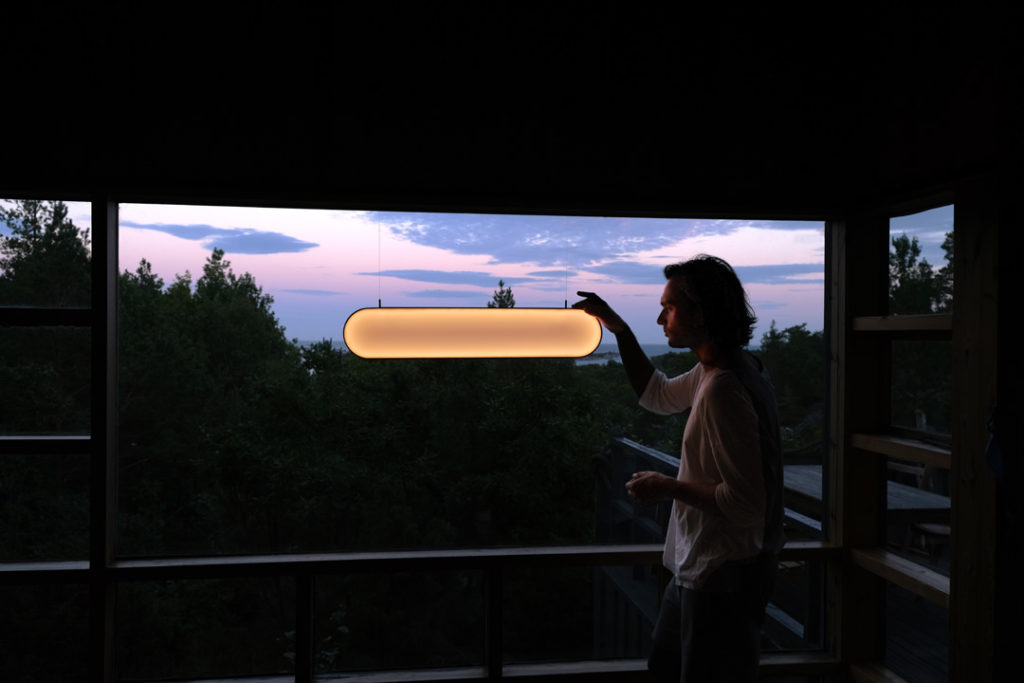
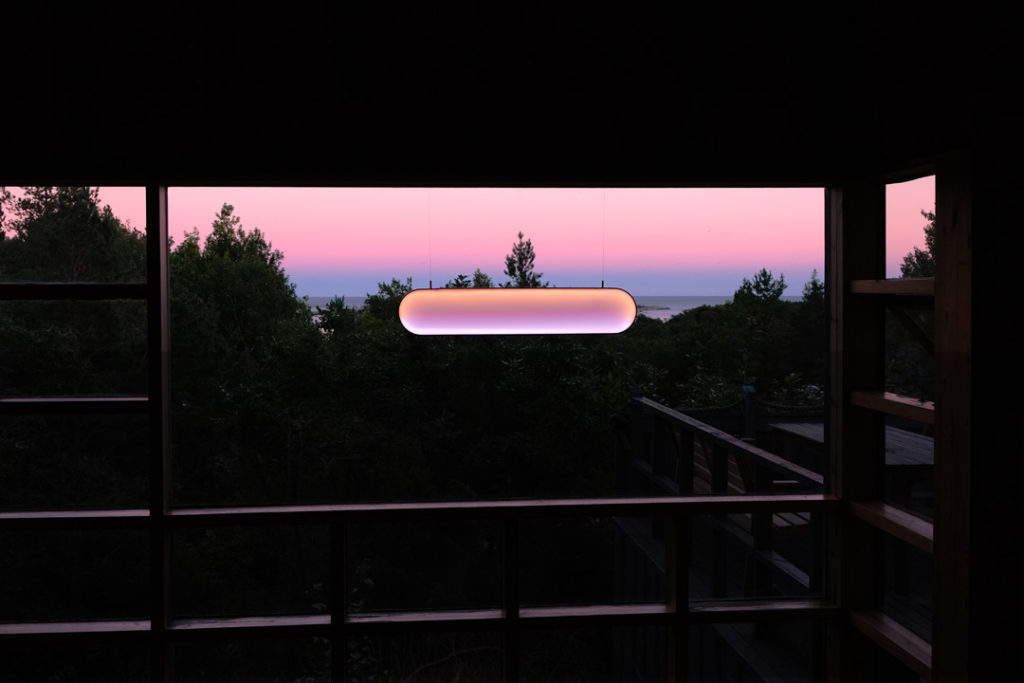
Would you agree that solar energy has not yet managed to become part of our everyday lives? And if so, do you know why?
There are many aspects the have led to this situation, I’m afraid. Solar energy is basically just a number on your energy bill and the solar panels are out of sight on the roofs. They are useful but often a bit ugly. But what about if we turn that perspective upside down? What about if solar design turns nearly every object into a beautifully designed power station? What about considering for example a building to be broken when it can’t create its own energy anymore?
We have to rethink the intersection of solar energy and design. If you really start to consider it from a design point of view, it should always generate its own energy, that should be a part of the design.
Do you have any designer idols or role models?
I was always fascinated by the Edison-Tesla-Battle at the beginning of the last century. When Edison brought his light bulb to the market, he didn’t just design a single product, he also had to think about a whole system and infrastructure around it.
And the interesting thing is: this is exactly where we are today, in terms of solar and renewable energy. If we start to redesign the way we generate and provide energy, we also need to think about the bigger picture. It’s not only about design but about the impact on our everyday lives and our society.
To manage all these complex tasks you teamed up with the ECN.TNO, the Dutch Energy Centre, for example. Can you tell us a little bit more about them?
They are also part of the Solar Movement, because they represent the biggest technical infrastructure of the Netherlands in some way. If you work in innovation, you are mostly in contact with them. So, one of the results of working with ECN.TNO is Sunne.
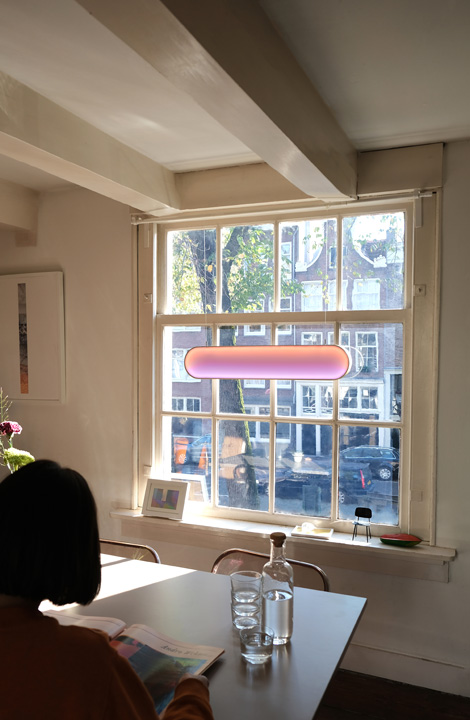
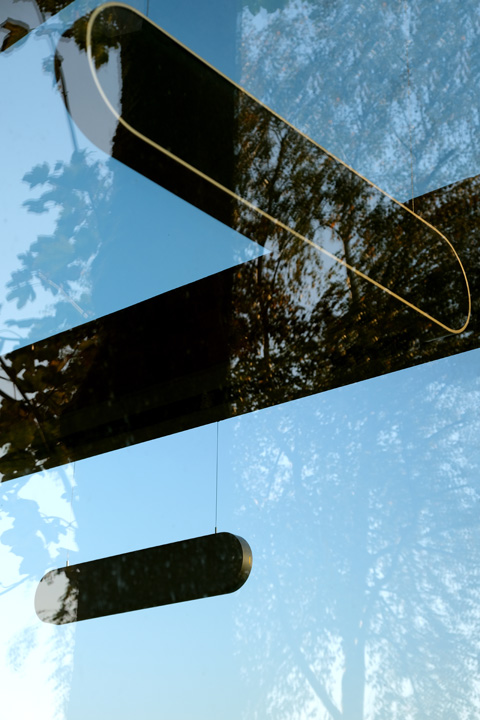
What is ‘Sunne’ and when will the first lamps be delivered?
Sunne is a self-powered solar light that captures, stores and produces light indoors. By day, it harvests energy from the sun while it hangs by your window and by night, it brings sunlight into your home. The first series is complete and our initial Kickstarter campaign has finished successfully.
We are really looking forward to ship the first two hundred Sunne lamps, which are all produced in the Netherlands, to customers in August this year. There’s already a waiting list with 200 customers for the second series.
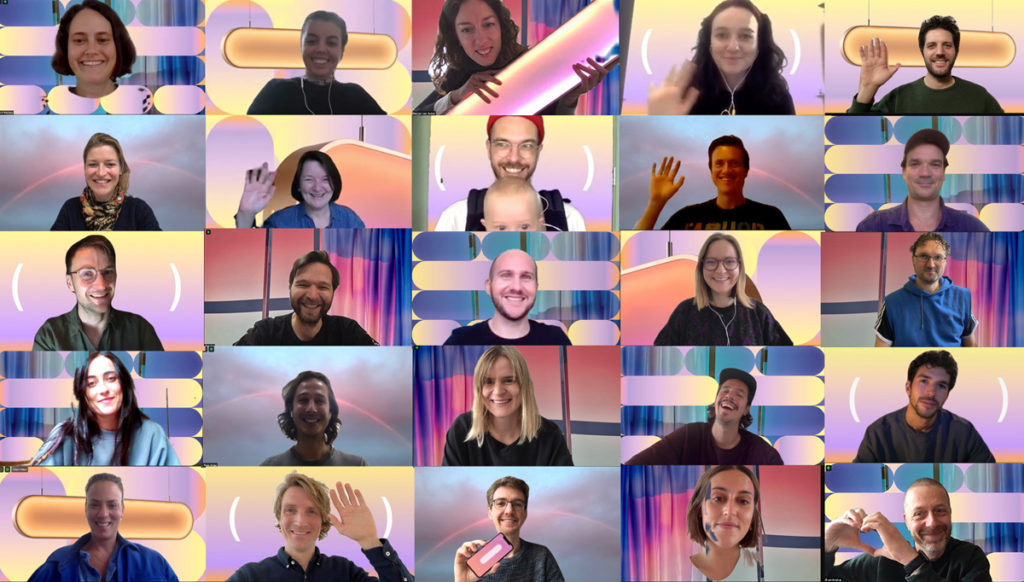
What are you and your team currently working on?
We designed the solar roof for the Dutch pavilion at the World Expo in Dubai which starts in October this year. The concept of the pavilion is a temporary circular climate system, a biotope in the desert. Water is collected from the air, energy from the sun and plants are grown too. The whole roof will generate power for the pavilion. The panels are not only modular, but also circular and made of organic materials, something that is unique when talking about solar panels.
What is your overall vision for solar design?
I would be happy if we also experienced this kind of Tesla-effect in the solar sector by turning an allegedly unattractive topic or product into a must-have piece for everyday life. I am looking forward to a future where solar energy is part of our identity and a vital part of the solutions for our planet.
Dank je wel, Marjan! We hope to see you soon in Amsterdam!


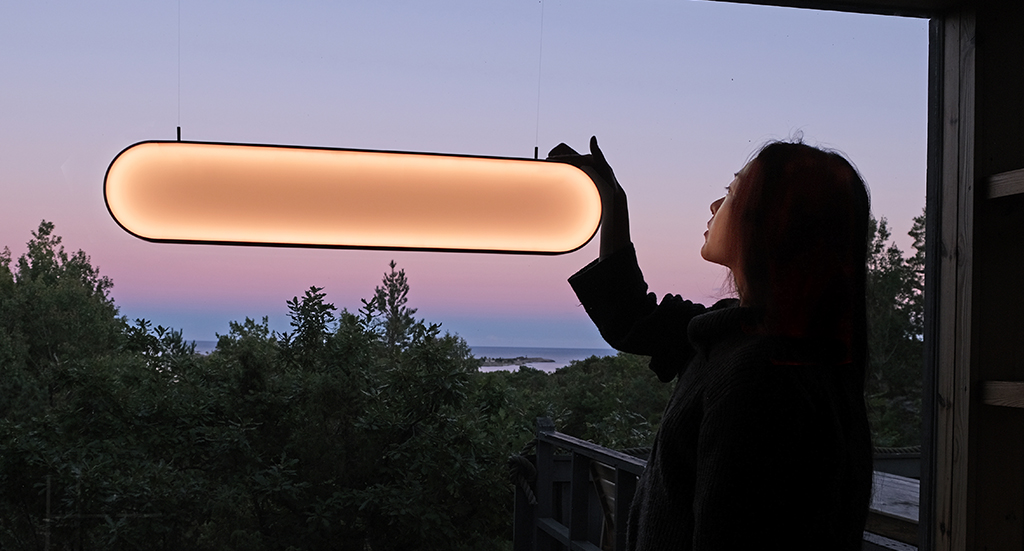
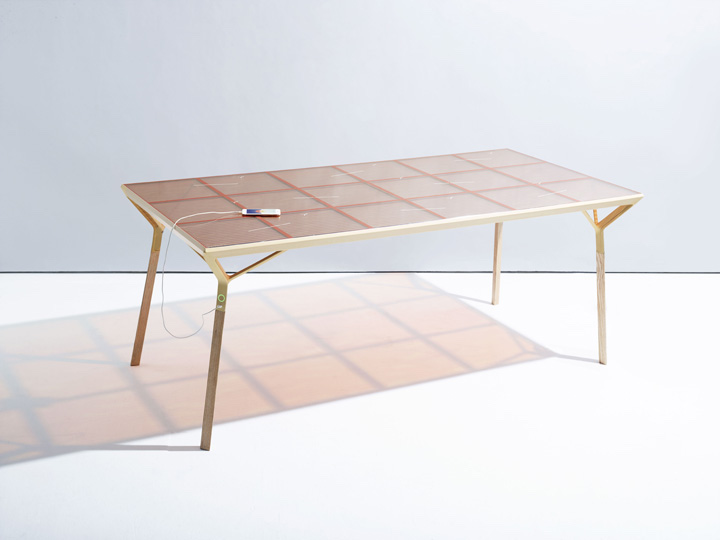
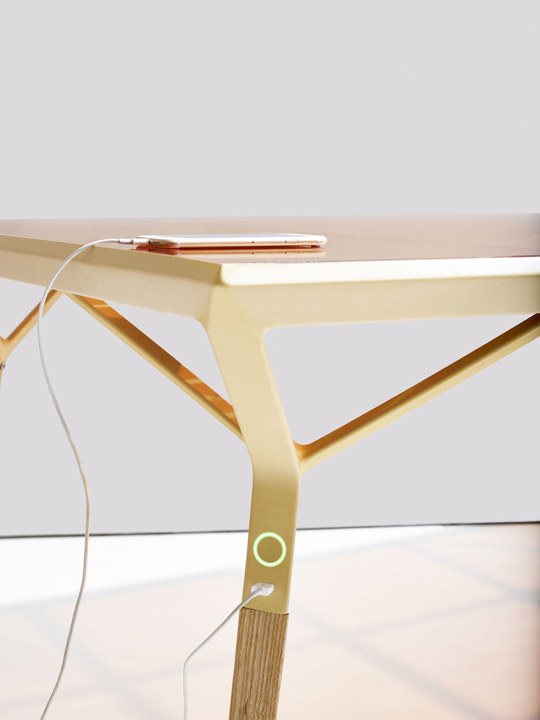
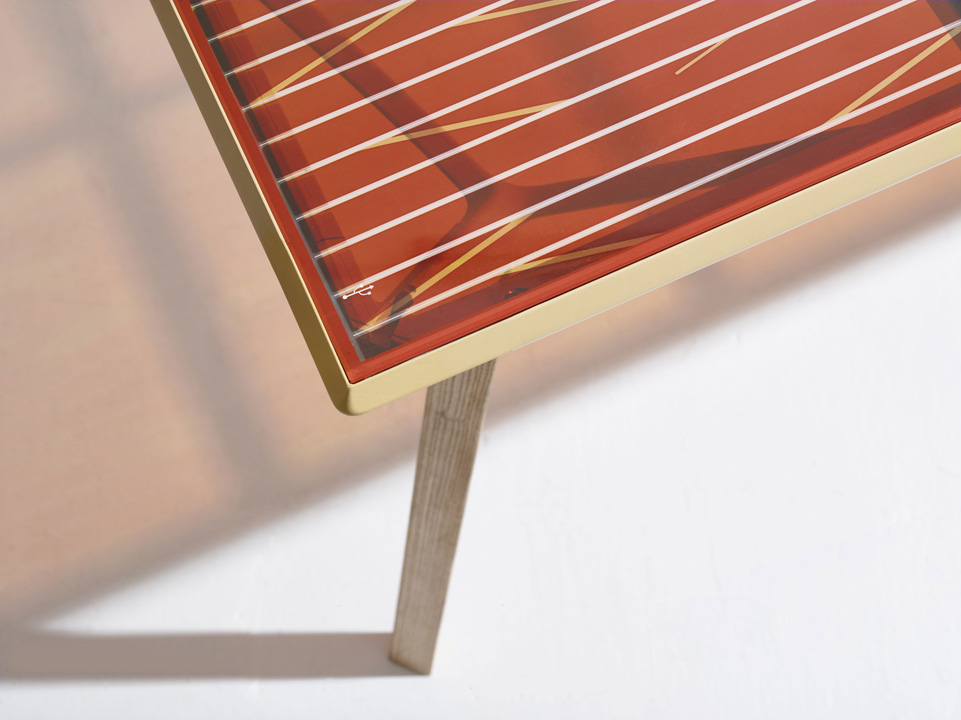
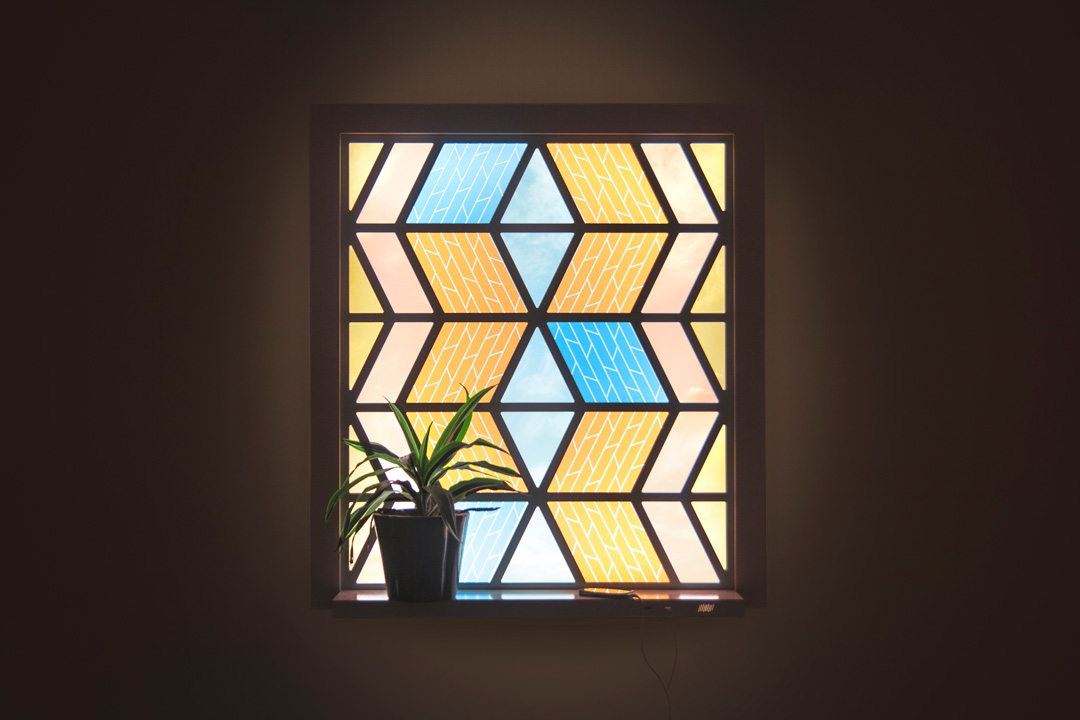
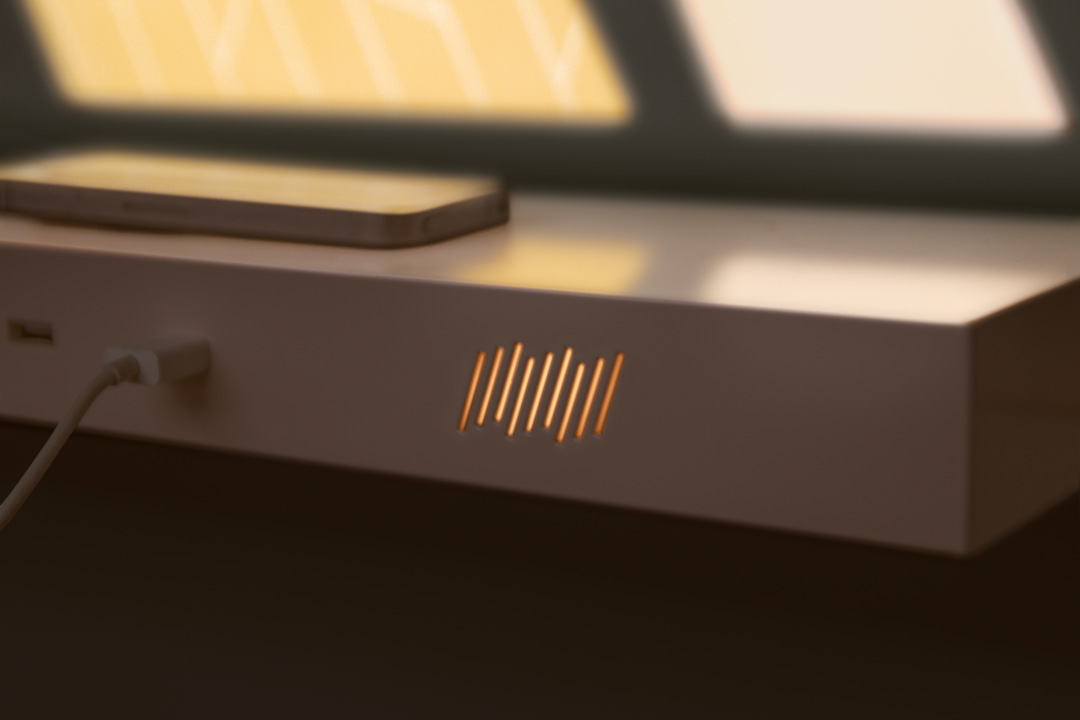
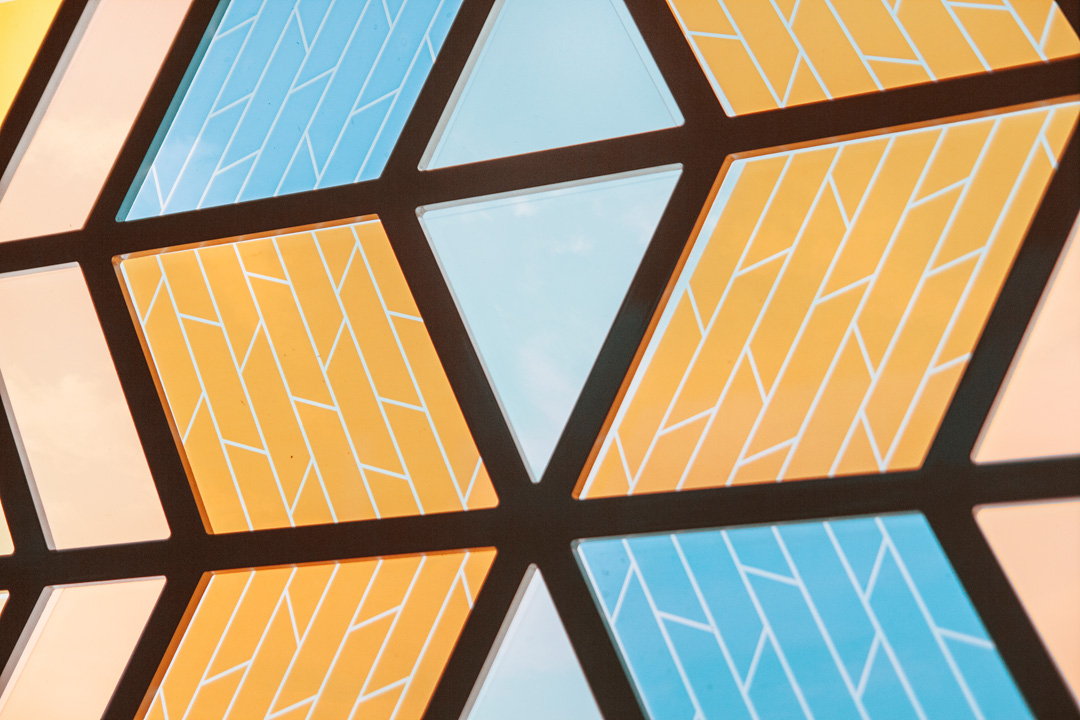


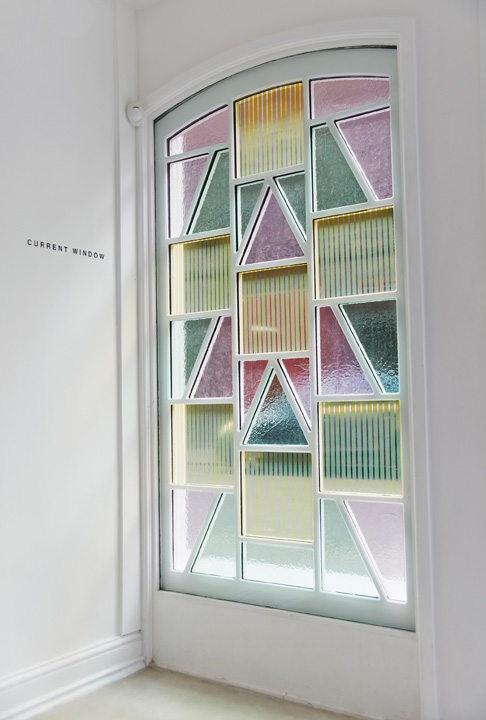
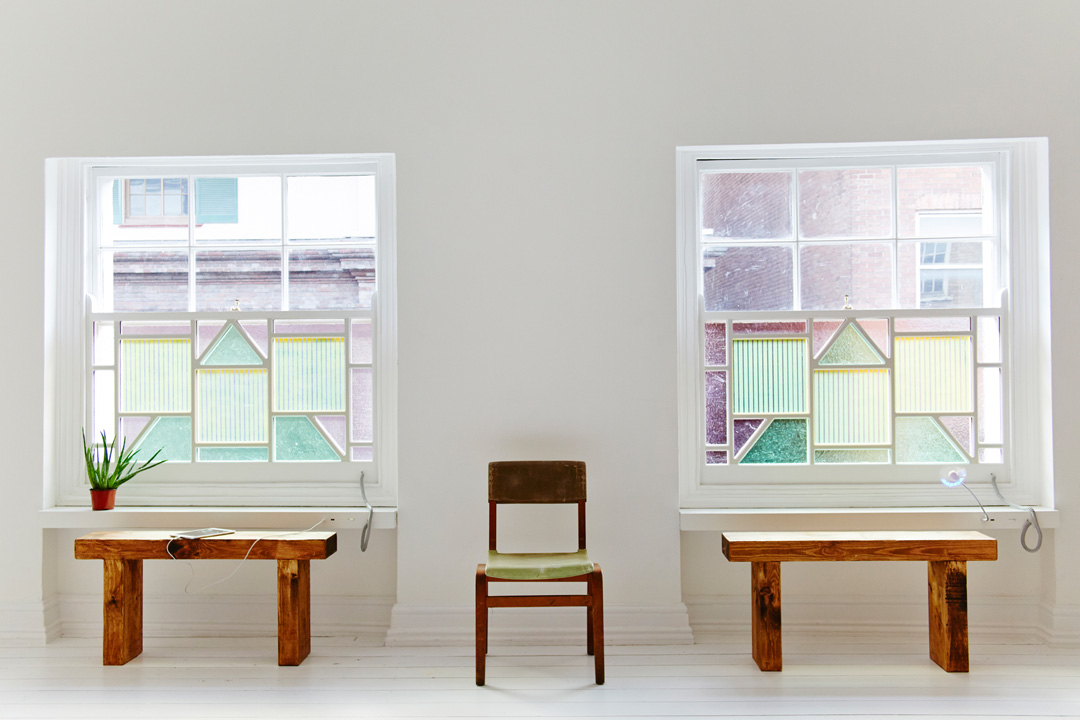
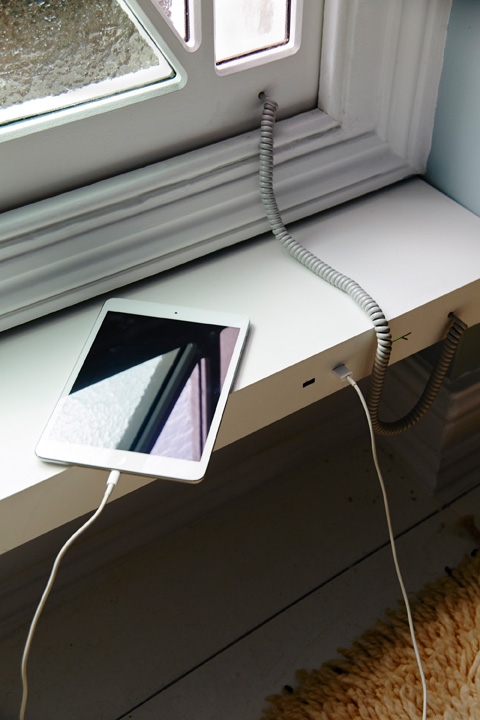
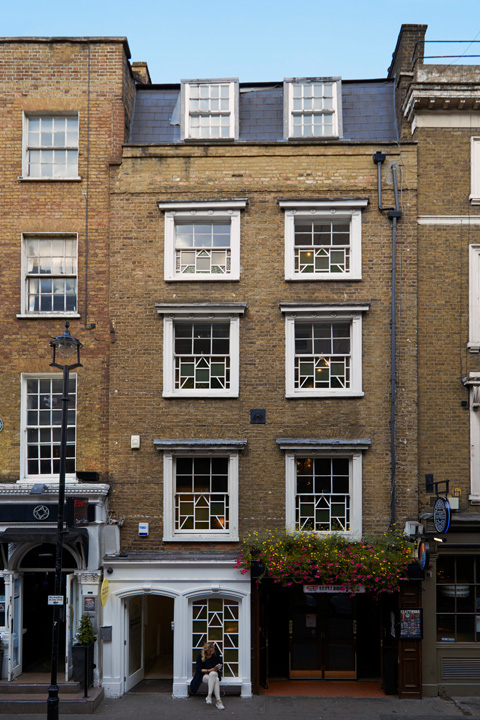
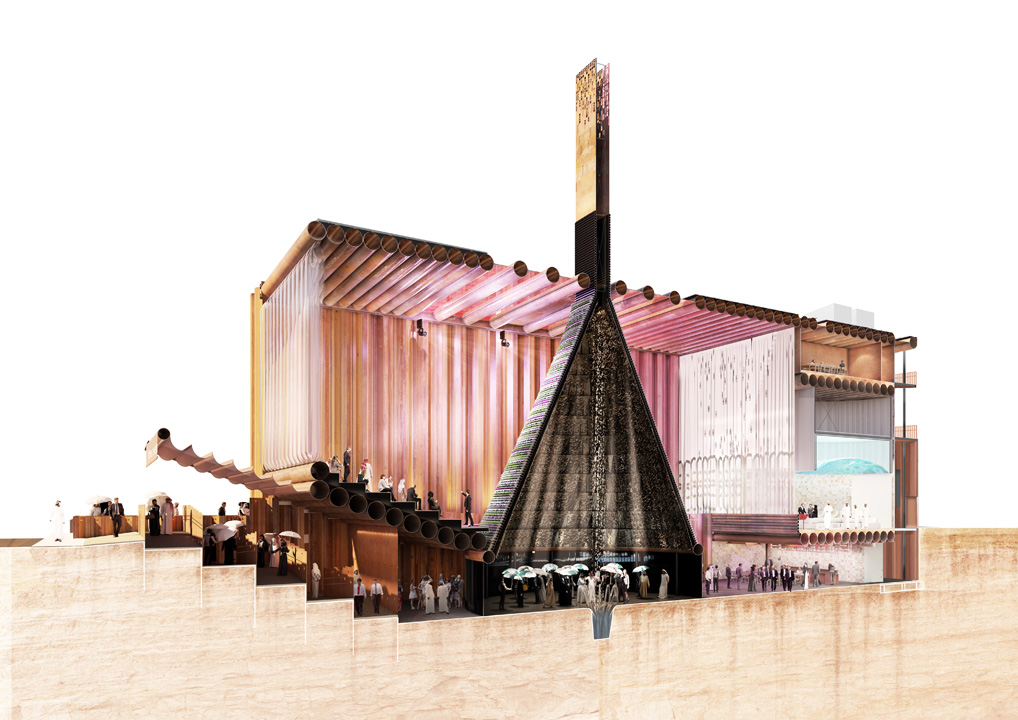
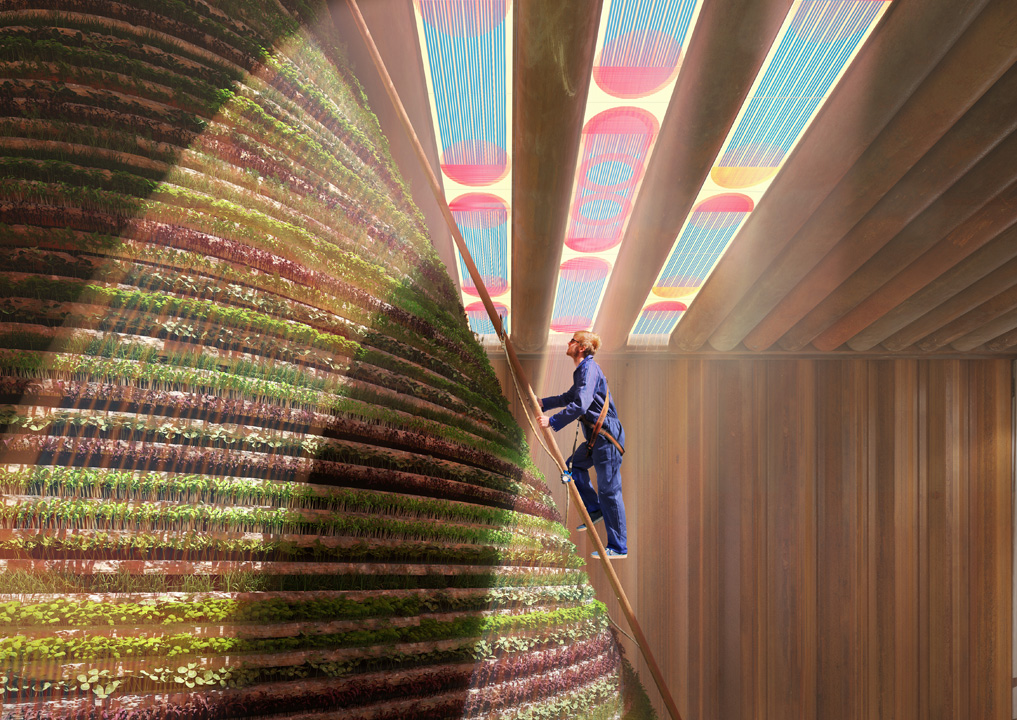
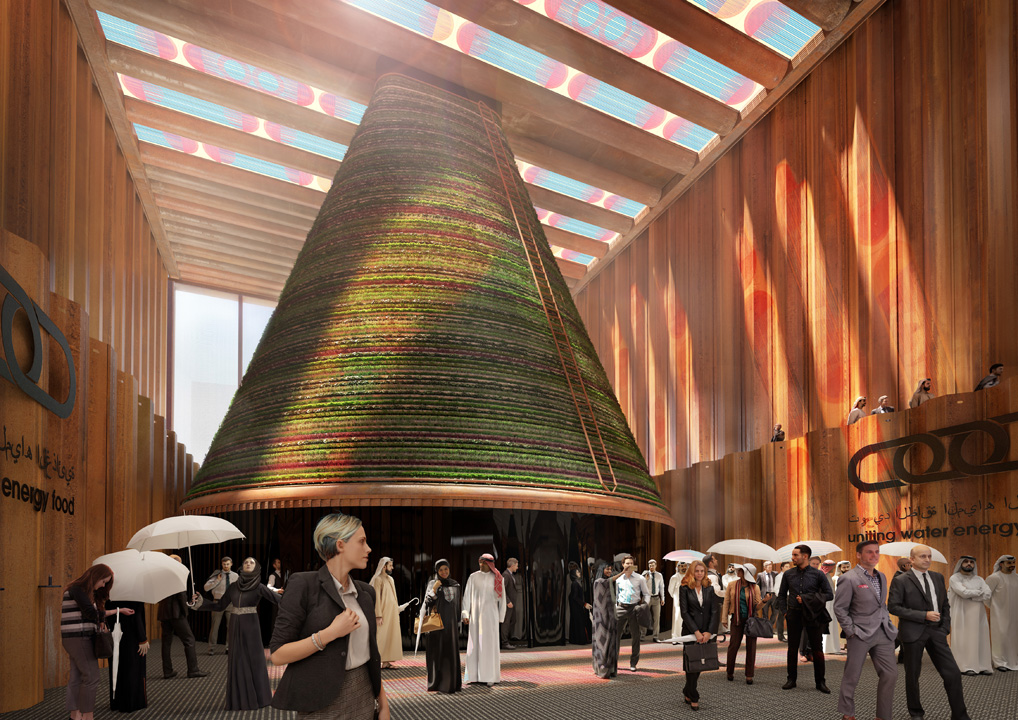
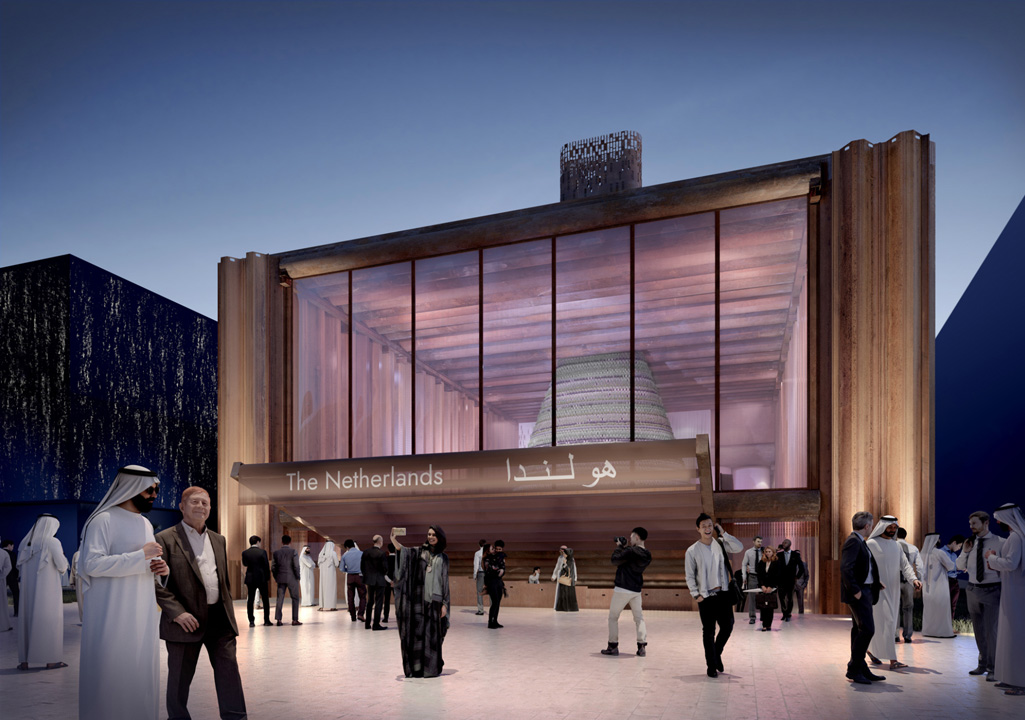
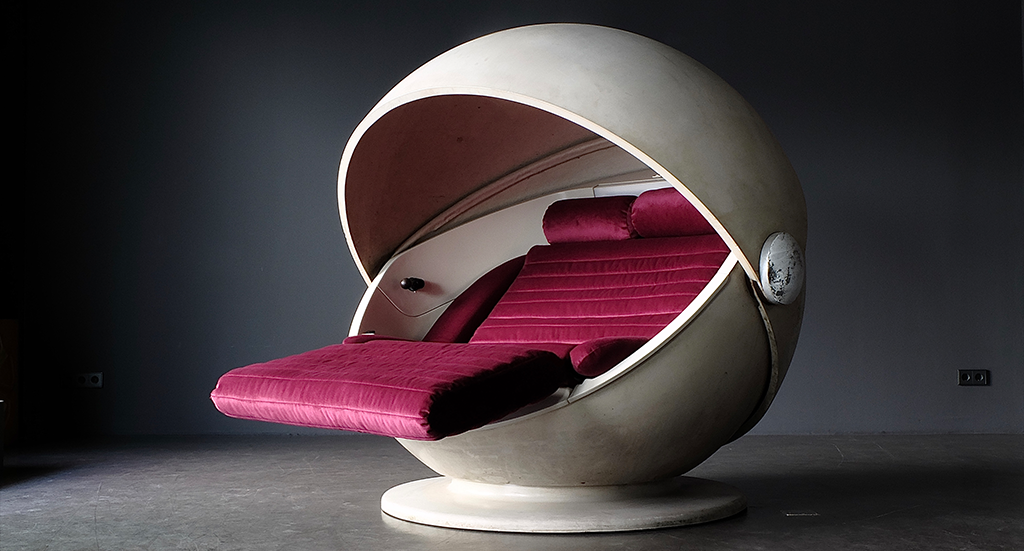
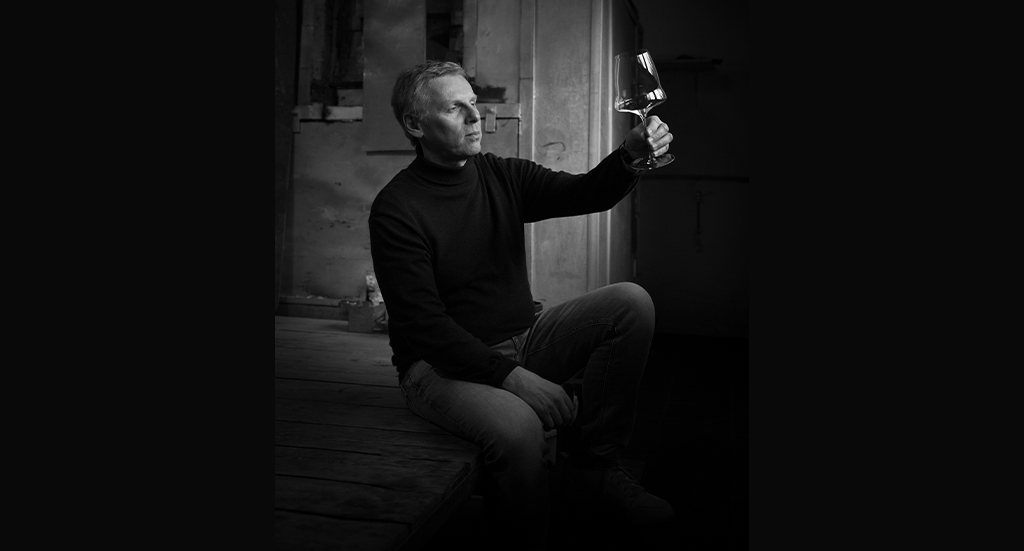
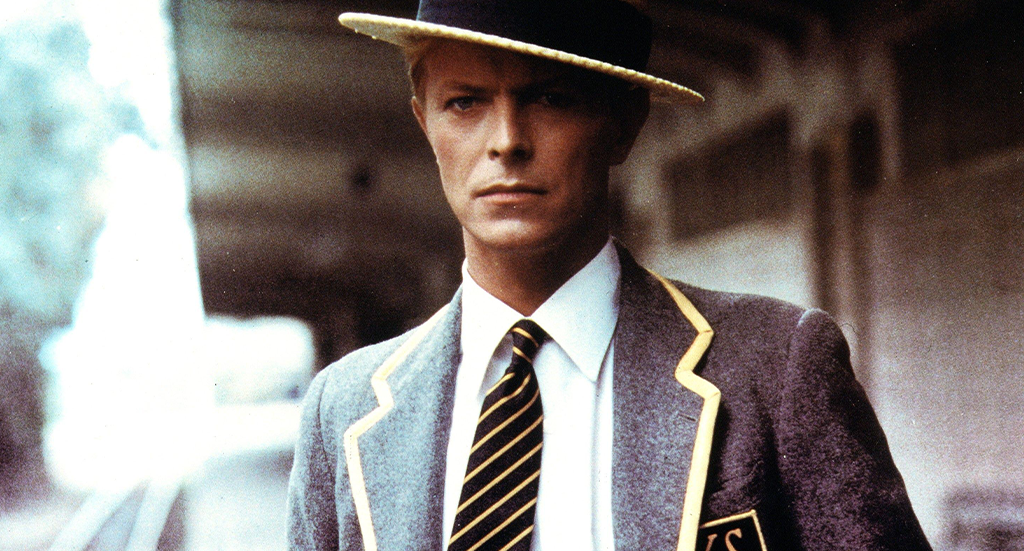
Join our Community